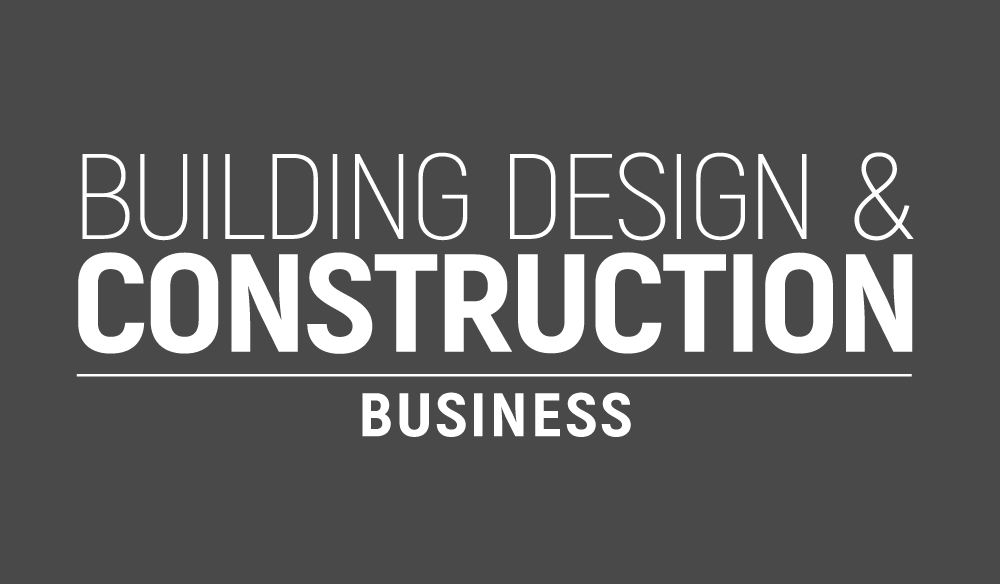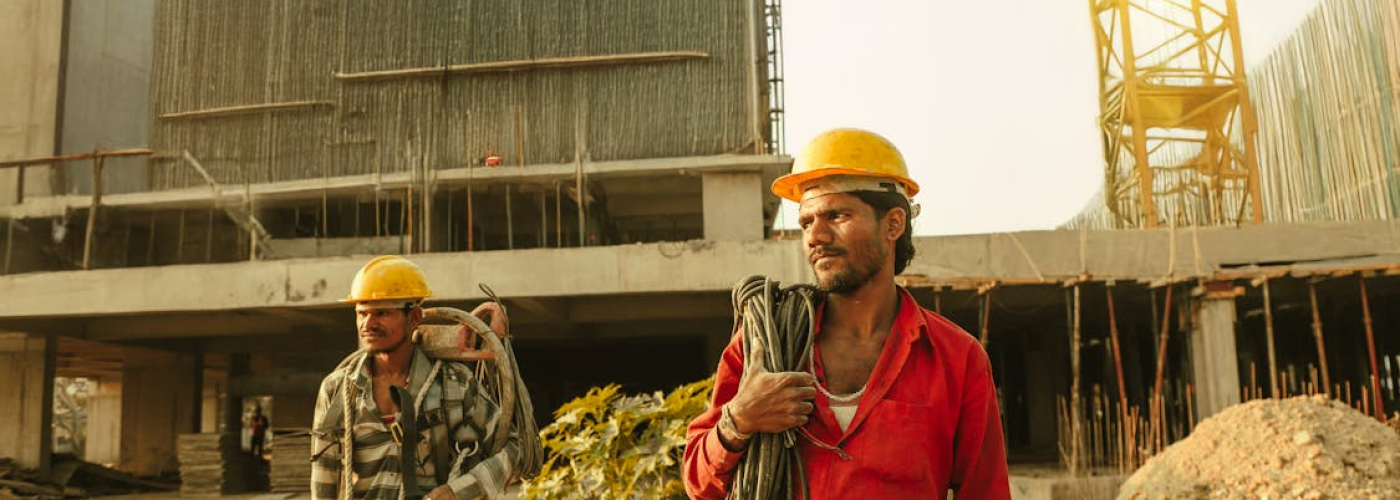The construction industry is undergoing a major shift, not just in technology and methods, but in who’s picking up the tools. In 2025, a fresh wave of workers is entering the field, many from nontraditional backgrounds.
What’s drawing them in? Flexible training models, faster pathways to employment, and programs that prioritize real-world skills over lengthy degrees.
With labor shortages continuing to challenge the industry, employers, educators, and training institutions are rethinking how to make construction careers more appealing and accessible. From modern apprenticeships to hybrid learning formats, the focus is on meeting learners where they are and equipping them for success without delay.
Flexible, Fast, and Focused: New Models for Learning
Gone are the days when the only path into construction was a four-year degree or learning on the job without formal guidance. Today’s training options are more flexible, allowing individuals to build practical skills while managing other responsibilities like work and family. This shift is especially attractive to Gen Z and career changers seeking purpose-driven work that doesn’t come with massive student debt.
One key factor driving this change is the rise of short-term, career-focused training programs that blend classroom learning with hands-on experience. These programs often lead to certifications or credentials recognized by employers across the industry:
- Apprenticeships and Pre-Apprenticeships: These programs combine paid on-the-job training with classroom instruction, helping participants earn while they learn.
- Hybrid Learning Models: Some schools now offer blended coursework that mixes online learning with in-person labs or job site experience.
- Industry-Recognized Certifications: Credentials in fields like HVAC, electrical, and welding offer fast entry into skilled trades.
- Bootcamp-Style Intensives: Short, immersive programs focus on practical training in specific areas like project management or site safety.
As a result, students can quickly transition into high-demand roles such as equipment operators, electricians, carpenters, or site supervisors.
Institutions like www.miller-motte.edu are helping make this possible by offering streamlined training programs designed to get students into the workforce quickly. With options that support hands-on learning and flexible scheduling, schools like Miller-Motte are playing a key role in preparing the next generation of construction professionals.
Making Construction a First Choice
Historically, construction was seen as a fallback option and something to consider if college didn’t work out. That narrative is changing in 2025. Construction is increasingly viewed as a high-tech, high-impact industry where skilled workers can make a great living and see the results of their labor every day.
To keep this momentum going, training providers are focusing on several factors:
- Career Clarity: Programs that offer job placement support, career counseling, and mentorship help new workers see the path forward.
- Inclusive Environments: More outreach to underrepresented groups, including women, veterans, and people of color, is helping to diversify the talent pool.
- Tech-Forward Training: Incorporating drones, 3D modeling, and AI into education makes the field more appealing to digitally savvy learners.
- Soft Skill Development: Training now includes communication, teamwork, and leadership, helping workers grow into supervisory roles.
This more holistic approach is attracting students who may never have considered construction before. It’s also aligning with what younger workers want: a sense of purpose, upward mobility, and tangible results.
Building the Future with Modern Training
The demand for skilled construction workers isn’t slowing down. Infrastructure projects, housing development, and green energy construction are all driving a need for trained professionals. But meeting that demand requires meeting future workers where they are: online, in-person, on the job, and in hybrid spaces that combine all three.
With the right training pathways, the construction industry is becoming more accessible, more innovative, and more attractive to new talent than ever before.
Key takeaways:
- Training in 2025 emphasizes speed, flexibility, and practical skills
- Apprenticeships, hybrid models, and certification programs are leading the way
- Programs are evolving to meet the expectations of a new generation of workers
- The construction field is now a first-choice career for many, thanks to modern training and strong job prospects.
As these trends continue, construction won’t just be about building structures. It will be about building futures.





